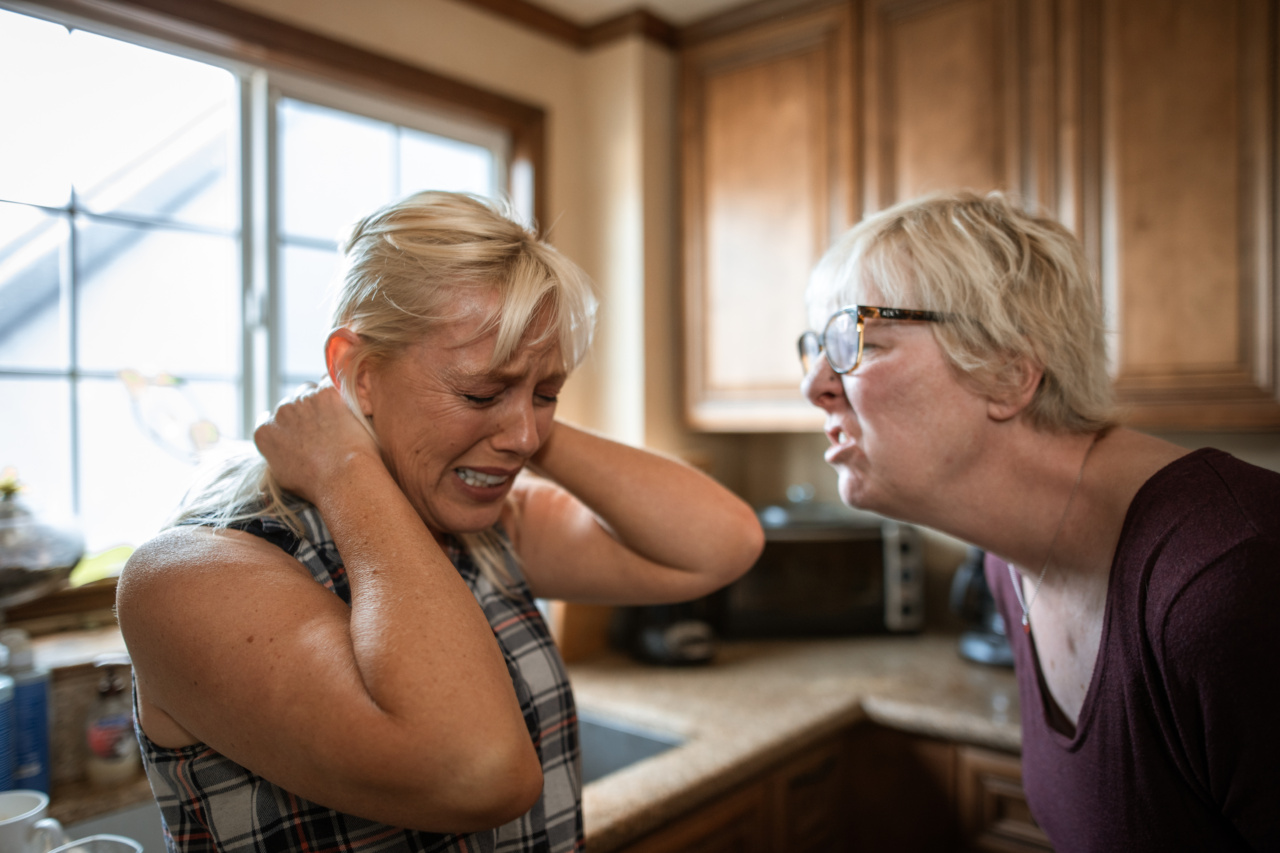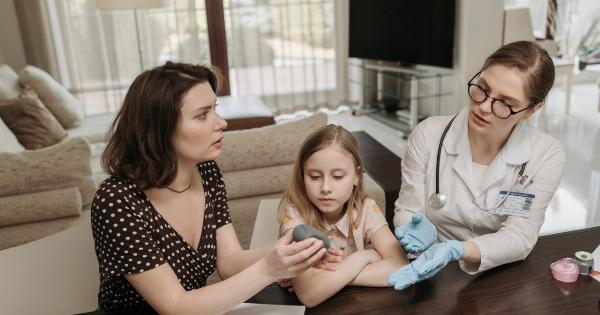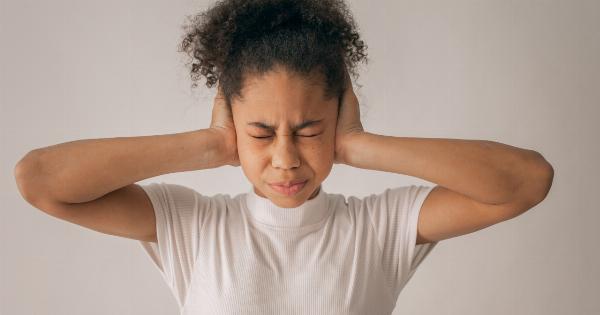Sexual assault is a deadly pandemic that affects millions of people around the world every year. Unfortunately, the majority of people impacted by sexual violence are women and children.
However, one important fact is often overlooked – men can also fall victim to sexual assault.
Gender Bias in Sexual Assault Reporting and Response
Unlike women, male survivors of sexual assault face significant hurdles in reporting their cases and receiving support.
Several myths surround male sexual assault, including the notion that men cannot be sexually assaulted or that male sexual assault only happens in prisons or to LGBTQ+ individuals. Moreover, men who have endured sexual assault often face a stigmatized response, intense shame, and often assume responsibility for the incident.
The Realities of Male Sexual Assault
Male sexual assault can happen to anyone, irrespective of their gender identity, sexual orientation or cultural background. According to recent US-based research, 1 in 6 men have experienced sexual violence in some form at least once in their lifetime.
Furthermore, male survivors of sexual assault often experience a range of physical, emotional, and psychological symptoms of trauma, including anxiety, depression, PTSD, and suicidal ideation.
The Impacts of Trauma
Dealing with sexual trauma is a long and challenging process, but with the right support and resources, male survivors can move forward.
Because men often receive a biased response to their assault, they may also experience feelings of isolation and profound shame. Because of stigma and misunderstanding, many male survivors suffer in silence and socially withdraw from their work, family, and friends.
Taking Action to Support Male Survivors
A crucial step to reduce the stigma surrounding male sexual assault is to provide supportive resources to male survivors and their loved ones. Some measures include:.
- Training for Support Organizations: Sexual assault support organizations must be able to identify and respond effectively to male survivors’ needs. These organizations must educate their staff about male sexual assault and appropriate forms of support.
- Expanding Access to Mental Health Support: Therapists and support providers with specialized training in male sexual assault trauma can help survivors heal and develop coping mechanisms.
- Increasing Funding for Research: Gaining a comprehensive understanding of male sexual assault is key to understanding its prevalence and developing effective prevention and intervention strategies. Research funding should be directed towards generating data related to the incidence and prevalence of male sexual assault to better understand the needs of survivors.
Conclusion
Sexual assault can happen to anyone and is never the victim’s fault. It’s critical to understand the reality of male sexual assault and the experiences of male survivors.
It is also crucial to fight gender stereotypes about sexual assault and promote a more comprehensive, inclusive approach towards survivors’ support. Eliminating stigma and increasing awareness is an essential step in addressing the issue of male sexual assault.





























